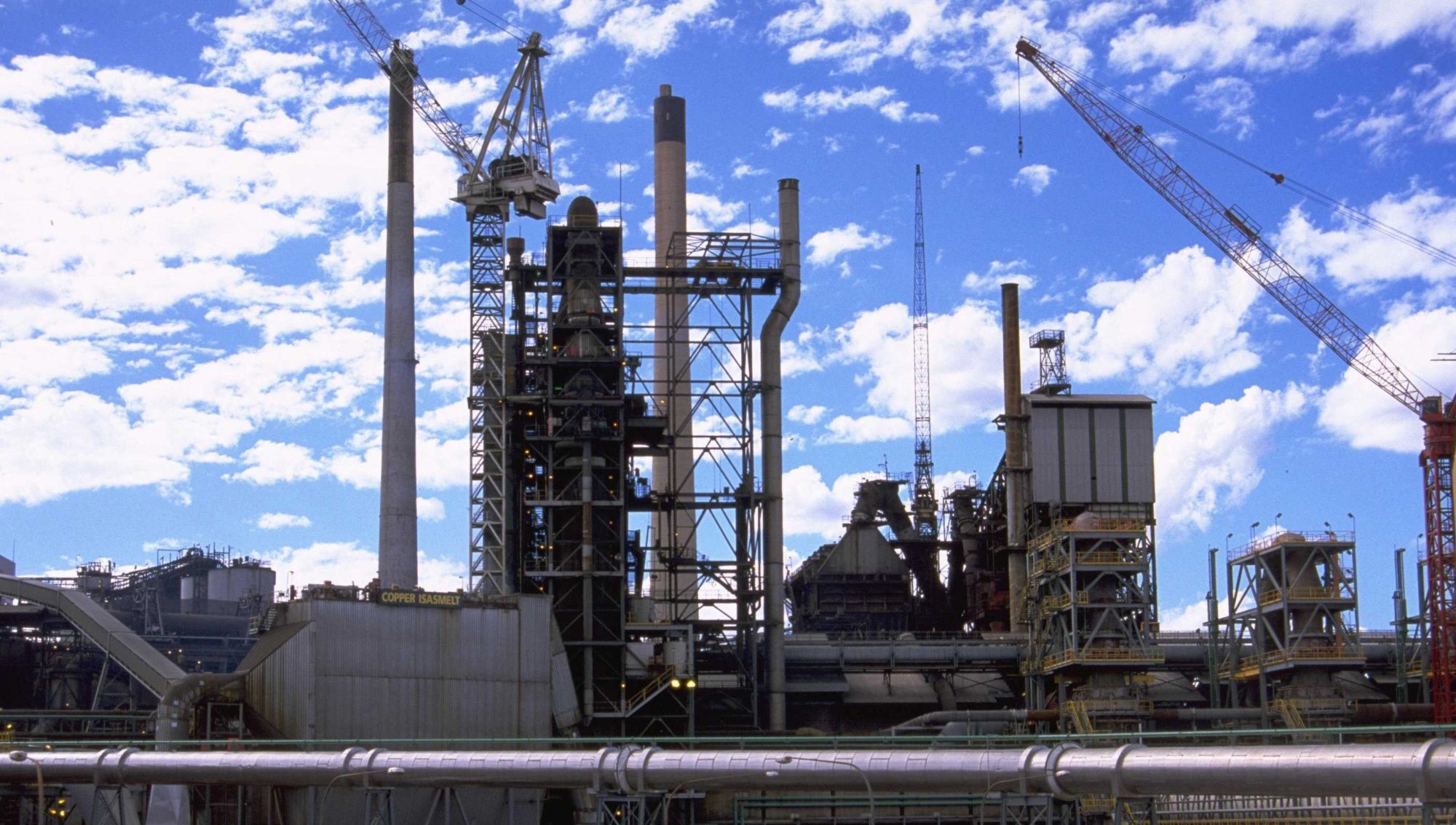In 1987, the first demonstration-scale copper ISASMELT™ was constructed at Mount Isa Mines (MIM). Over the past 30 years its technology has evolved and is now regarded as the first choice for copper production around the world, reports the company.
Development of the ISASMELT started in the late 1970s as a joint research project between MIM and the Australian Government’s Commonwealth Scientific and Industrial Research Organisation (CSIRO). After laboratory testing of a potential lead smelting process at the CSIRO’s Melbourne facility, MIM moved to a 120 kg/h test rig to its Lead Smelter in 1980, then to a 5 t/h pilot plant in 1983. In the mid-1980s, the MIM copper smelter needed to reduce emissions to the environment and increase production so an alternative, sustainable processing route was investigated using the ISASMELT technology. This led to the development of a copper smelting process and the construction of a 15 t/h copper ISASMELT demonstration plant in the Copper Smelter in 1987. Plant operators’ involvement during development of the technology was one of the key contributors to the success of the ISASMELT process, as it ensured the technology was practical and robust, and therefore widely adopted by other operations.
Commercial scale ISASMELTplants for lead and copper were commissioned in Mount Isa in the early 1990s, and was successfully commercialised at other operations outside the MIM group.
The ISASMELT process is based on the top-submerged Sirosmelt lance, developed by CSIRO, and involves using a lance to inject air or oxygen-enriched air into a molten slag bath contained within a stationary, vertical furnace. The technology is used in smelters to perform primary smelting prior to converting, as part of the process to transform concentrate into anodes.
The key to ISASMELT’s success has been its simplicity and its efficiency, along with the advantages of using a technology that improves smelting operations resulting in reduced operating costs and increased production capacity. Its other key advantage has been the high environmental standards the technology can achieve through containing and reducing the amount of emissions into the atmosphere. This has enabled the technology to be used in regions where the tightest emission standards are enforced, such as Australia, Belgium, Germany and Peru, where ISASMELT meets or surpasses the standards.
While lead and copper concentrate processing was the priority for the initial development of the ISASMELT, the process was also applied to the metal recycling industry, with operations in Belgium and Germany using it for recycling copper and precious metals, as well as battery recycling in the UK.
The process has made a significant impact on the global metals industry since its humble beginnings 30 years ago as pilot plants at the Mount Isa operations, with installed treatment capacity in the copper industry now being close to 9 Mt/y of concentrate and scrap.











